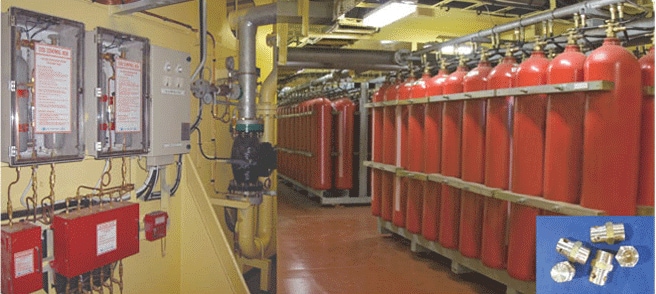As most ships do when going towards the south, the Zuiderdam sailed and kept the Balearic Islands on its port side and then came around the south west side of the island and approached the pilot station from there. With “another day in Paradise” on the cards, the ship docked at one of the cruise and ferry piers. This one called Estacio Maritima nbr 1. With us in port were two cruise ships from Aida. The Aida Vita and the Aida Diva. They are also part of the Carnival Corporation but are solely dedicated to the German market. Their product is more resort type; buffets and flip flops and the larger ships have their own brewery on board; which I think is the best cruise ship invention since cash free billing was introduced. Maybe something for one of our future new builds: “Dam –beer” Dutch Craftsmanship and Mastership on the high seas.
Today my day was filled with various projects. First there was the General Emergency Drill for 25% of all the Boats and Rafts, then there was the fire drill for tomorrow to plan and then there was the review of the Mustering procedures on board.
Although the SOLAS rules came into being in 1914 as a result of the sinking of the Titanic, these rules have not remained as is, but evolved with whatever lessons were learned at sea or whatever new idea of ship design was and is dreamt up by the cruise companies. Designers are normally thinking outside the box and sometimes they are that far outside the box that their design would be positively dangerous if not kept in check by some logic rules, like not capsizing and being a safe haven for the occupants while on board. Especially cruise ships are the recipients of constantly updated regulations. This makes sense as with the boom in the cruise business, more and more innovative ships are coming out. Not too long ago it became law that there should be a weekly cycle of at least 25% of the crew going through Emergency Training. Before it was just that everybody should be trained on a regular basis (monthly) to be proficient in their safety jobs. To ensure that this did not result in monthly “mass” trainings to comply, the 25% rule came into being.

Today a very un-romantic photo of the ships C02 room. The C02 is stored in pressured bottles and can be released by means of the cabinets on the left. The size of the Engine Space on fire will dictate the number of bottles needed.
We have similar rules for Fire drills. There should be every week a real drill / simulation of an emergency / and there should be monthly extra training to support the proficiency in these drills. To avoid too much routine in the drills (how many new drill scenarios can you keep thinking of?) I normally offer to bring some new “inspiration” to the proceedings. Tomorrow the plan is to put the whole Engine room on fire (simulated) and then let CO2 in to extinguish it. This means that all the crew has to follow strict protocols as CO2 is deathly as it displaces Oxygen. But as it is not a cooling agent, the temperature of the space that was on fire only goes down very slowly. Until it has cooled down there is always the chance of a fire Reflash if somebody would open a door somewhere and let fresh oxygen in.
Muster procedures is something every crew member has to deal with, signing on for the job on board. I normally check on each ship the completeness of all the paperwork of those officers and crew who can be given the watch on board. Each ship has a minimum number of officers required and that is noted on the Safe Manning Document which each ship receives from its Flag State when coming into service. To be qualified for these functions on board you need an enormous amount of training certificates, endorsements and licenses. (I have about 25 certificates apart from my master License, to qualify to be Master on a Dutch and a Holland America Line vessel). The company ensures that we have all those certificates but because there are soo many and there are soo many regulations the administration on the ship can be incomplete. Not because the Officer in charge is sloppy but because it is so complicated to comply with it all. So on behalf of the Master of the Vessel, I spend a day going through each seaman’s book and verifying each certificate and official document to ensure that every dot and comma is in the right place.
Since Barcelona we have started our southward journey which will lead us eventually back to Florida. Tonight we will continue southwards and tomorrow we will visit Alicante on the south coast on Spain.
Weather, mainly sunny with little wind and temperatures in the around 68oF / 20oC.

October 26, 2015 at 12:49 pm
Thank you for your reassuring posts on emergency training. I assume that all cruise companies adhere to the same rules, but it is nice to have details on the extra effort that you and HAL puts into this training of the crew.
October 28, 2015 at 4:45 pm
I’m impressed by the number of certificates a master on a Dutch and HAL vessel has to have besides the Master License, Captain! A staggering amount of learning and knowledge that has to be regularly put into practice. Mind boggling. With a Travelling Master/On Board Team Support Officer like you HAL is certain to “raise the bar” as you put it, a notch higher all the time (smiley) …………….